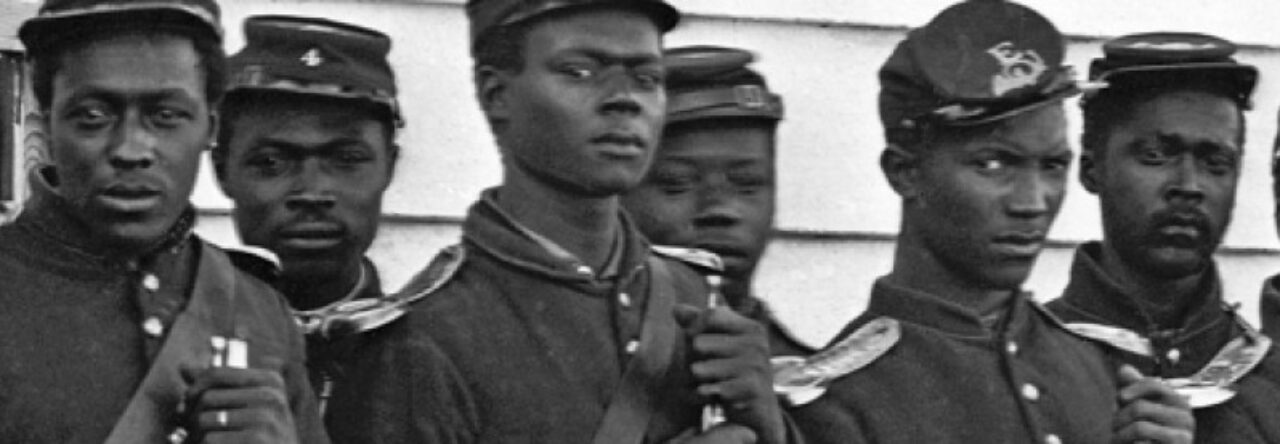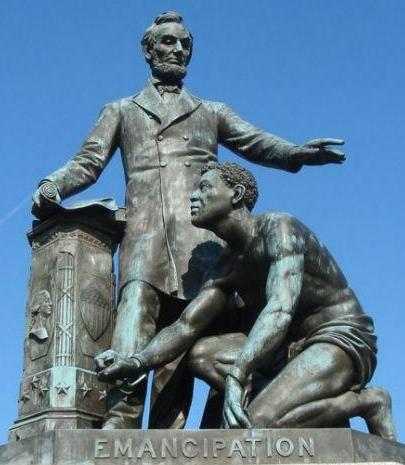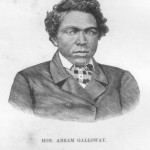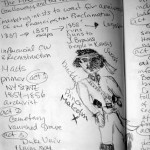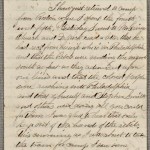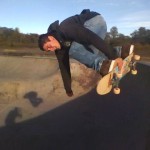I showed the Freedman’s Monument to my students for the first time last year. It is one of the few monuments I have been to over and over again this past year. It’s probably a mile behind the Supreme Court building and so out of the National Mall loop. I have been struggling with the monument from the moment I saw it.
Lincoln Park as seen by Google Maps.
A freedman inspired, freedman funded moment which looks more like a monument to slave trading than emancipation. The first time I saw it it looked like Lincoln was a slave trader. I haven’t been able to shake that image.
I’ve studied the Fredrick Douglass dedication speech.
I’ve read part of Lerone Bennett Jr.’s Forced Into Glory which suggests that the Proclamation ‘never freed anybody anywhere’ (quoting a reporter of Lincoln’s era). Bennett goes on to say:
“There, then the secret is out! Political history never happened. Sandburg wrote tens of thousands of words about it. Lindsay wrote a poem about it. Copeland wrote a musical portrait about it. King had a dream about it. But the fact is that Abraham Lincoln didn’t do it.” Bennett’s first chapter is here.
I’ve read Dr. Guelzo’s book on the Emancipation Proclamation and listened to both him and Dr. Pinsker and follow their logic and agree with their insights and observations.
And yet I still struggle with the monument.
I’ve come to decide that my job is to show my students the images and then shut up. Let them marinate on the messiness and realities of Reconstruction. Of politics. It helped to create a shorthand in discussions as well as a reality of the old saw about good intentions.
While researching newspapers of the Civil War, one of my student’s found this Thomas Nast drawing. I knew the moment I saw it I had to put it with the pictures of the Freedman’s Monument. A explanation of the Nast image can be found here.
